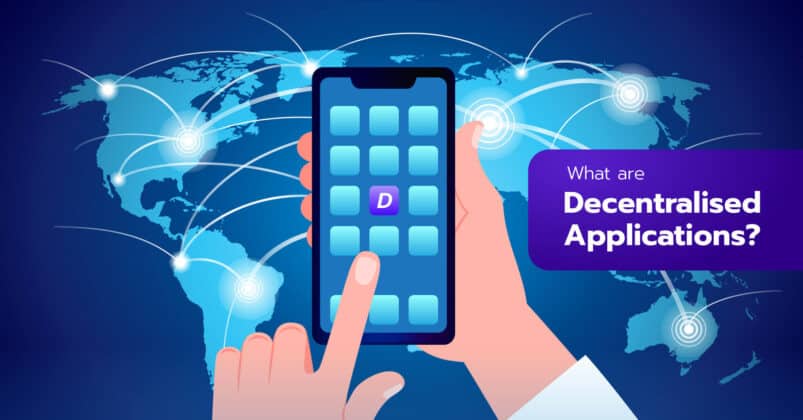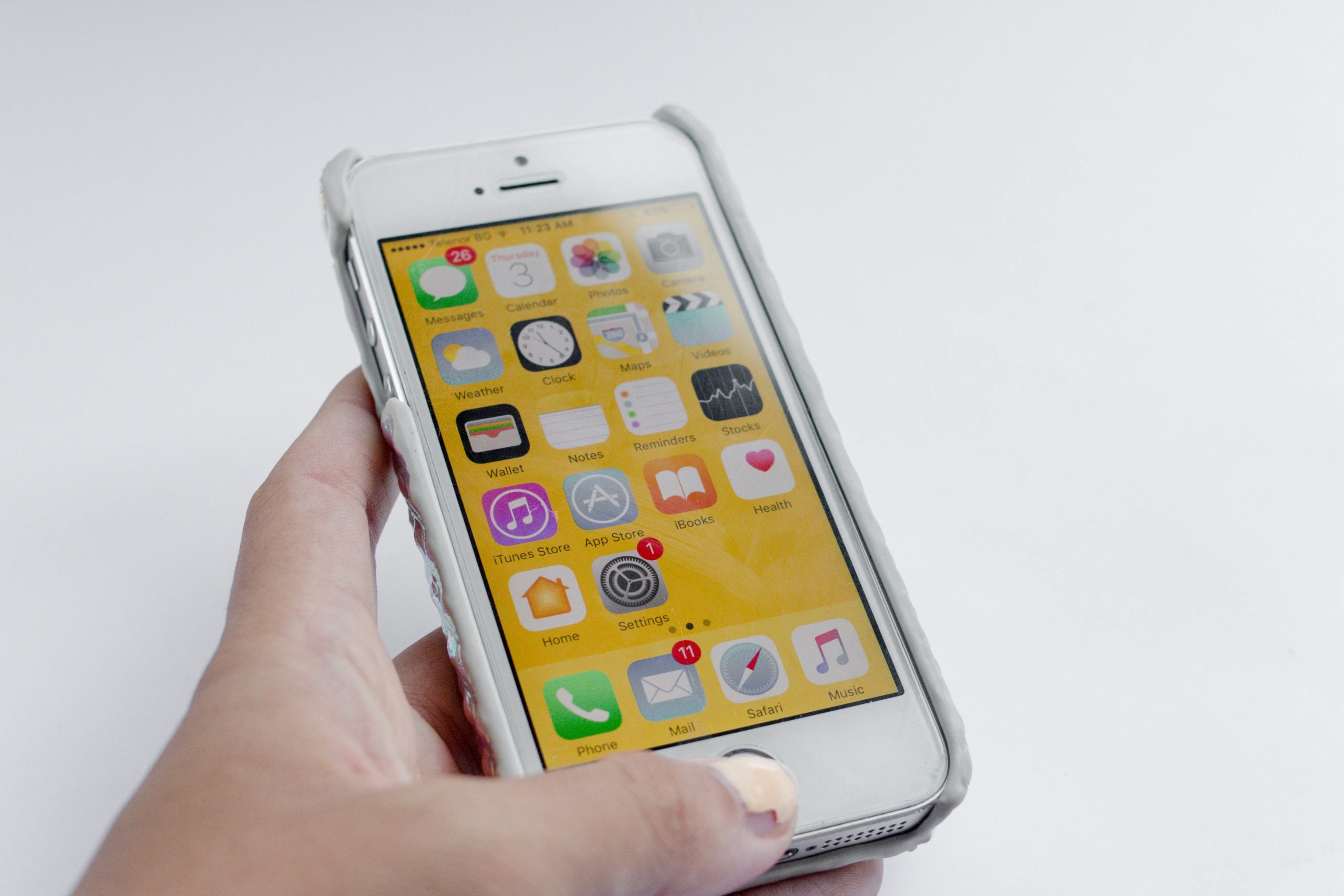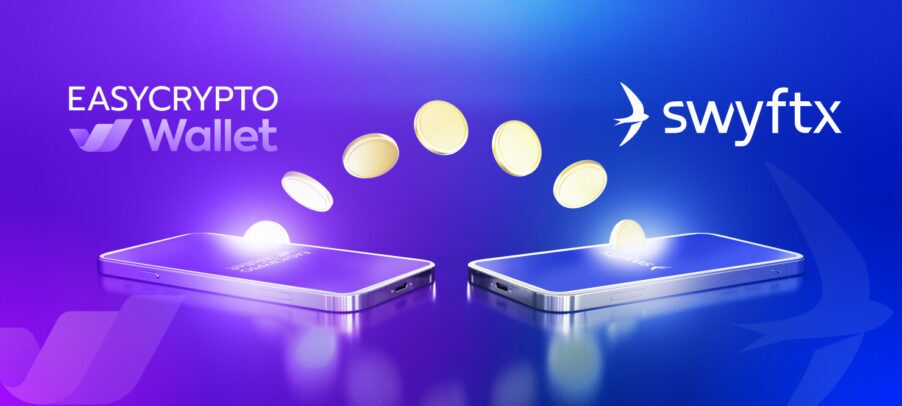What are DApps? A Guide to Decentralised Applications
Decentralised applications, or dapps, are an integral part of the crypto and blockchain ecosystem. Take a closer look at how they work.


Facebook and Snapchat, are consistently ranked as top apps for Android and IOS. However, events like 2018’s Cambridge Analytica scandal, routinely demonstrate that major tech firms care very little about user privacy.
There is good news, though.
Blockchain-based decentralised applications have the potential to put app users in full control of their private data. Proponents also argue that decentralised applications can tackle Internet censorship, and even improve the security of online payment processing.
Learn more: Read our introduction to blockchain technology.
What are DApps?
DApps are essentially similar to any regular apps that anyone might download from Google Play or the IOS App Store. However, to understand what decentralised applications are, it is important to understand how regular apps work.
Apps like Facebook and Google Drive, are hosted on centralised IT infrastructures. Such infrastructures are privately owned, and therefore app providers and app hosting companies can potentially analyse any data uploaded to their platforms and any data communicated across their networks.
Of course, this in itself is a major privacy concern. Think about how many times you have to tap on “Agree” on the Terms and Conditions, which really does little in terms of ensuring total control of your data.

Decentralised applications address privacy and security issues associated with regular apps, specifically by existing on decentralised platforms like the Ethereum blockchain.
Related: Read our in-depth guide on Ethereum and how it works.
Key features of decentralised applications
To qualify as a true DApp, decentralised applications need to be open-source and completely decentralised. DApps also need to feature a consensus algorithm that generates and uses DApp-specific tokens to pay for network storage and bandwidth.
Additionally, these are also three key features of decentralised applications:
- DApp data is not centrally stored or managed by third-party corporations
- All data communicated via DApps is end-to-end encrypted
- Immutable blockchain data storage makes communications impossible to censor
How do DApps work?
DApps treat all transmitted data and interactions like cryptocurrency transactions. Fees are, therefore, charged when sending “DApp messages” (e.g. when uploading text and media to the blockchain).
At the same time, data becomes immutably stored on app blockchains, just like data on a cryptocurrency transaction ledger. Storing and transmitting DApp data in this way makes information impossible to censor, steal, or share among unauthorized third parties.
Moreover, although DApp interactions are processed like cryptocurrency transactions, DApp transaction fees are negligible and many DApps are entirely self-funding, meaning that users don’t actually have to pay to use DApps.
Related: What is cryptocurrency? Read our fundamental guide.

The Future of DApps
At present, decentralised applications on platforms like Ethereum, include decentralised freelance marketplaces, mobile games, and instant messaging applications.
However, at present, most DApps can’t be downloaded and used like Android and IOS applications. Instead, DApps have to be operated using web browser add-ons like the Ethereum Metamask on Google Chrome and Firefox web browser extension.
Given that most DApps can only be used through web browser extensions, mainstream consumer adoption of decentralised applications is somewhat lackluster.
However, in the future, it is hoped that DApps will be as widely accessible as regular apps available via Google Play and the IOS App Store.
Looking to invest in Ethereum? Buy Ethereum (ETH) on Easy Crypto.
Share to
Stay curious and informed
Your info will be handled according to our Privacy Policy.
Make sure to follow our Twitter, Instagram, and YouTube channel to stay up-to-date with Easy Crypto!
Also, don’t forget to subscribe to our monthly newsletter to have the latest crypto insights, news, and updates delivered to our inbox.
Disclaimer: Information is current as at the date of publication. This is general information only and is not intended to be advice. Crypto is volatile, carries risk and the value can go up and down. Past performance is not an indicator of future returns. Please do your own research.
Last updated December 2, 2021





